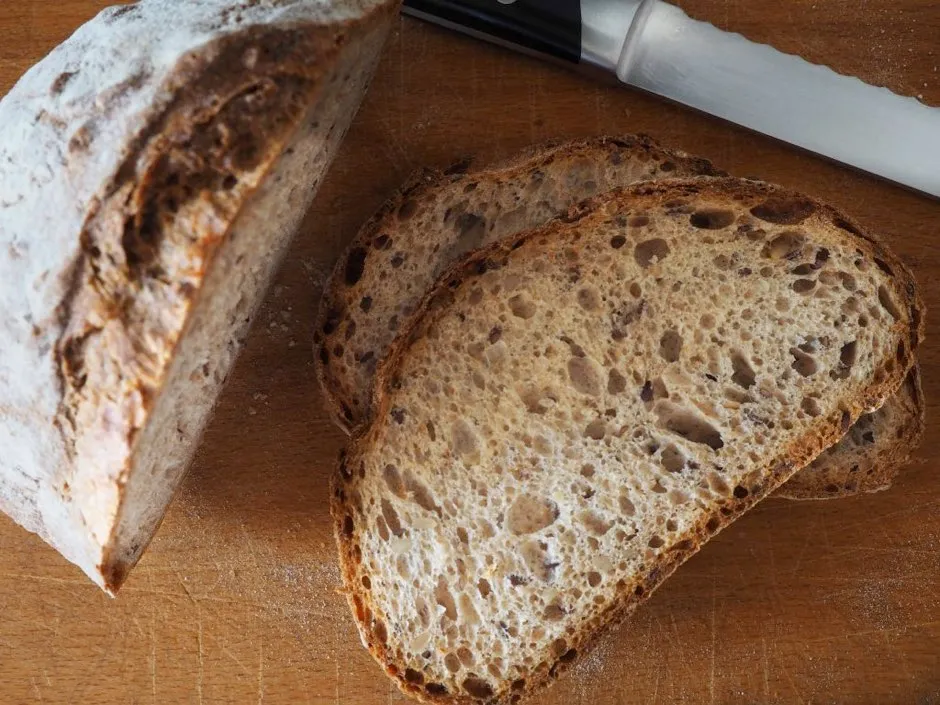Joy Milne is a ‘super-smeller’. These people have a superior sense of smell and are sometimes sought after by perfume or wine manufacturers.
For Joy, however, her sensitive nose meant that she detected an unusual odour on her husband, Les. Initially she thought that perhaps he wasn’t showering enough, but 12 years later he was diagnosed with Parkinson’s disease. She only made the connection between the condition and the aroma after noticing the same smell on people at a Parkinson’s disease support group.
Read more about smelling disease:
- Sniffing out disease: the power of smell in diagnosing illness
- Medical detection dogs can sniff out diabetes
She has since worked with scientists at the University of Manchester to identify the chemicals underlying what she says is the characteristic smell of the condition, which could help lead to earlier diagnosis. Joy is now the linchpin for ongoing smell research. This is what she says about some common diseases:
1
Parkinson’s disease

This is a musky smell. It can become acrid due to a build-up of bacteria and yeasts in the sebum, the greasy substance that is secreted by our skin and overproduced in Parkinson’s.
2
Alzheimer’s disease

This has a milder human musk, like rye bread. The skin has a creamy yeast smell which can become stronger as the disease progresses.
3
Tuberculosis (TB)

TB has an odour like stale beer. The smell is present in the breath, and changes as the disease progresses. The skin smells like “wet brown cardboard and brine”.
4
Diabetes

Diabetes has a sweet smell with the combination of citrus and creamy pineapple. The smell can vary throughout the day, reflecting fluctuations in glucose levels and how well the diabetes is controlled.
5
Cancer

This smells of yeast or fungi, and different types of cancers have their own smell. It may also be possible to smell the difference when a patient is in remission following treatment.
Follow Science Focus onTwitter,Facebook, Instagramand Flipboard